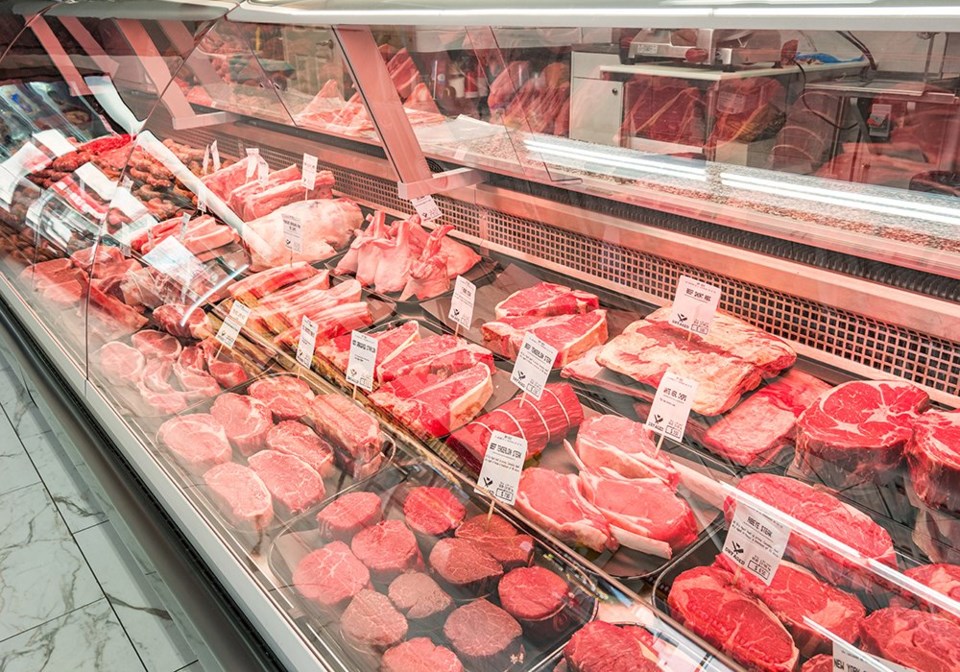WESTERN PRODUCER — If you think Big Ag has too few suppliers, too few buyers and too few farmers and ranchers, you need to meet Big Food. It is bigtime big.
Who is Big Food?
That straightforward question was tackled by academics, journalists and legal professionals in a day-long conference last month at the Yale University Law School. The conference’s five panels examined everything from how food-selling firms share market information to antitrust enforcement to challenging today’s food giants with regional food hubs.
The panel I moderated, a 75-minute, four-presentation discussion of “competition issues” in food retailing, offered a guide to how food manufacturers and retailers have developed a mutually beneficial relationship since the 1990s to maximize their efficiency and profit while limiting, or even excluding, competitors from stores and entire regions.
The panel’s various presentation titles allude to their eye-opening revelations: “Anticompetitive Challenge: The Power of Category Captains,” “Kickbacks and Corporate Concentration: Exclusionary Discounts,” and “Strategies to Combat Exclusionary Slotting Fees in Grocery Retail.”
I know, what’s a category captain, slotting fee, and “exclusionary discount?”
Exactly the conference’s point: few North Americans would know a category captain from Captain Kirk and yet arrangements like these dominate the U.S. food retail market.
For example, according to authors Claire Kelloway and Matthew Buck, four retailers sold 21 percent of all U.S. groceries in 1991. In 2019, the top four sold 69 percent of all groceries. Also, the pair noted, four firms “claimed” more than 60 percent of the top “55 grocery categories” and “that many top conglomerates such as Kraft Heinz, General Mills, PepsiCo and Unilever were among the top four leaders in more than five different categories.”
That widespread presence is fertile ground for “exclusive dealing and other forms of exclusionary payments or arrangements.”
One such arrangement has big food makers “offering rebates (to retailers) tied to reaching a set sales volume.”
In short, the sheer size of the big food makers puts them in a position to limit or keep their competitors off retailers’ shelves by offering “exclusionary deals” that can “leave less than 25 percent of a given category’s spending open to competitors and new entrants.”
And it’s legal because “retailers’ reliance on revenue or savings from fees and services” from these arrangements “also means that these payments do not have explicit, contractual exclusionary agreements.”
That’s as equally clever and profitable for Big Food as it is hidden and costly for little you and me.
Equally revealing is the idea of a grocery store or retail chain turning over its produce or meat department to a “category captain.”
Two of the Yale presenters, Riley Krotz, a professor at Texas Tech University, and Gregory Gundlach, an attorney and professor at the University of Northern Florida, described a category captain as a vendor that “offers its expertise and resources in return for the ability to actively participate and influence decisions in the planning and management of a retail category — including decisions involving rival competitors.”
Imagine how valuable it would be for Tyson Foods to operate your local grocery store’s meat department or for General Mills to manage a grocery chain’s breakfast shelves.
Now stop imagining.
“Today, (category captains) are common in the US$635 billion U.S. consumer goods and food retail market where their role is expanding to include adjacent categories, entire aisles… and in e-commerce where their retail (presence) is expected to grow.”
As these two small snippets from just one panel of the Yale conference show, what we eaters don’t know about today’s massive food retailing sector would kill a bull. Worse, that ignorance costs every American every time they enter a grocery store or shop online.
That goes double for farmers and ranchers who often are blamed for increased food costs, even though — like today — they get nicked on the front side by increased production costs and on the back side by increased grocery costs.
Alan Guebert is an agricultural commentator from Illinois.

